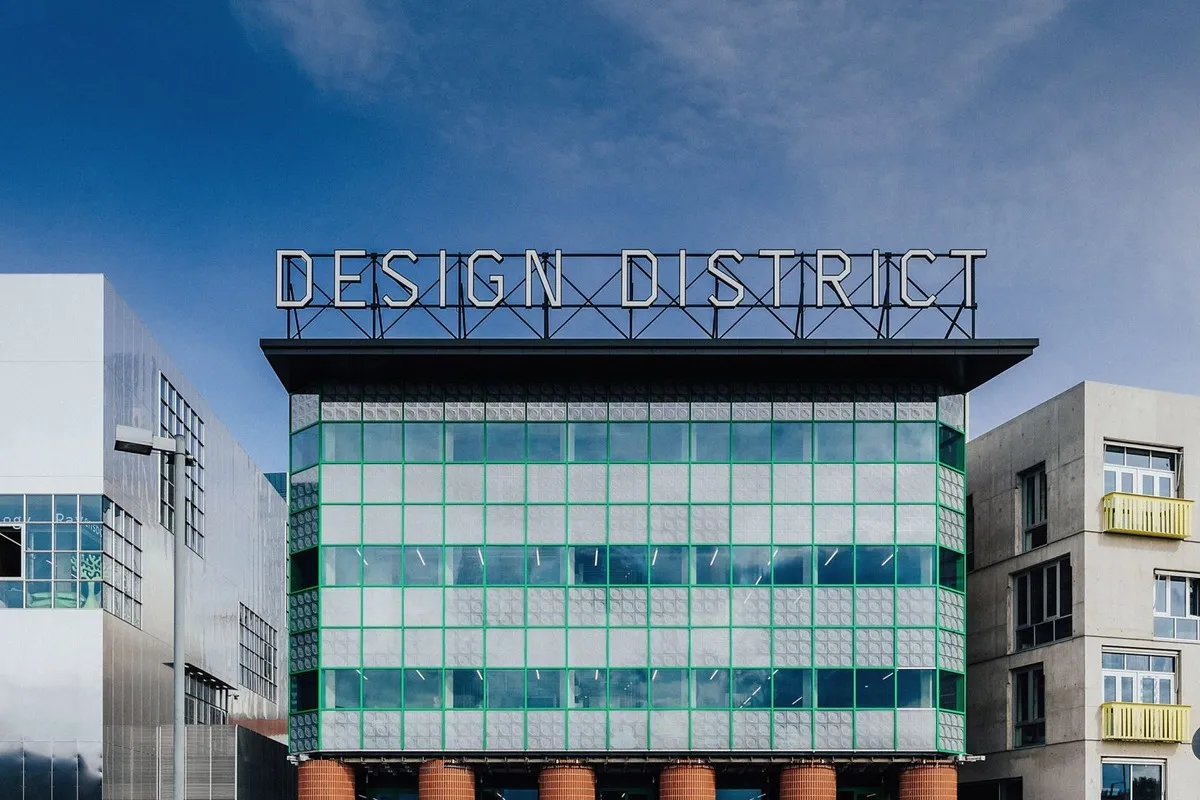Copyright cityam

The UK’s creative industries are under threat from a spike in rents and a shortage of suitable space, according to a new report. With rents up a third since 2019 and growth in the creative industries stalling, businesses are being priced out of urban areas as workspace costs soar and margins tighten. “If these threats continue to snowball in the way that they have been… [creative industries] will continue to be priced out of London and other parts of the UK,” Laura Flanagan, director at Design District and Greenwich Peninsula, said. There has been a 23 per cent decline in office space leased to creative tenants since 2019, with the number of creative businesses taking new space down 27 per cent, according to the new report from Design District. “[There’s a] lack of not only purpose-built, suitable space, but flexible and appropriately sized space,” Flanagan added. The creative industries, covering architecture, music, computer games and more, are a core part of the UK economy, contributing 2.4m jobs overall and £124bn per year. Office rents in the capital soar The ability to find offices to rent is becoming “less and less viable”, Flanagan said, as post-pandemic office rents, particularly in major cities, continue to climb. Prime rents in London have risen 10 per cent in the last year alone, as firms compete for best-in-class space amid a flight to quality in the market. This has been partly fuelled by changing energy requirements; tighter energy-efficiency rules have forced firms to upgrade their spaces to comply with green regulations. There’s also a rush to occupy tenant-friendly buildings as companies shift back to higher occupancy levels, along with a genuine lack of space. The problem is even worse for creative industries, which generally need purpose-built space, ideally centred around a creative hub, Flanagan said. This is where projects like the Design District come in, she added. The space, which forms part of the Greenwich Peninsula, houses 170 businesses across 16 independently designed buildings. It operates on a blended rent model, meaning that larger companies with broader shoulders bear more of the financial burden than fledgling start-ups. “[We want] the Design District to be a blueprint for how you can make [creative offices] commercially viable, how you can bring together the full breadth of the creative industries,” Flanagan said. ‘Shared responsibility’ to boost industry With companies across the UK struggling to stay afloat in their rented space, younger people are less likely to find joining the sector appealing, threatening the future of industries, Flanagan said. “If you can’t continue to nurture [young talent], then the can gets kicked down the road,” she said. The UK government has already announced its Creative Industries Sector Plan, which calls for action to unlock the potential of creative clusters across the country by investing in regional growth, empowering mayoral strategic authorities and supporting creative corridors across the UK. Culture secretary Lisa Nandy has said that data, content and creative services offer “new opportunities for growth…. Our long-term fundamentals are strong, and we must retain and capitalise on our long-standing international comparative advantage.” While Flanagan supported the government’s plan, she said the best solution would come from a combination of public and private investment. “There is a joint responsibility to solve the problem… support needs to be quite broad, and it needs spaces that are right-sized and right-priced all the way up to using those spaces for more than the four walls of an office.” “[You have to] look at the principles of how you support those industries in a more meaningful way… the aspiration [is that] Design District is a blueprint for what true support for the creative industries conduct like and can work in a commercial way.”



